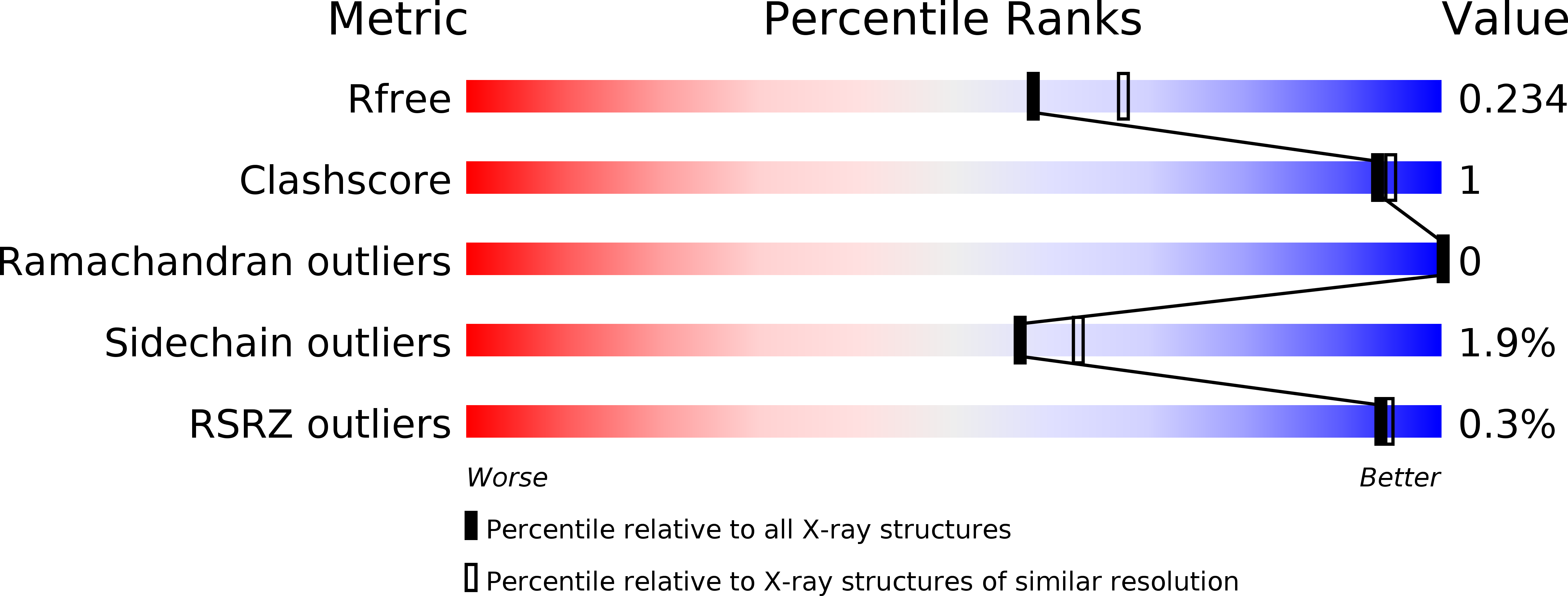
Deposition Date
2016-12-08
Release Date
2017-10-25
Last Version Date
2024-01-17
Entry Detail
PDB ID:
5MM3
Keywords:
Title:
Unstructured MamC magnetite-binding protein located between two helices.
Biological Source:
Source Organism:
Methanosarcina mazei (Taxon ID: 2209)
Magnetospirillum sp. XM-1 (Taxon ID: 1663591)
Magnetospirillum sp. XM-1 (Taxon ID: 1663591)
Host Organism:
Method Details:
Experimental Method:
Resolution:
2.10 Å
R-Value Free:
0.22
R-Value Work:
0.18
R-Value Observed:
0.18
Space Group:
P 41 21 2


